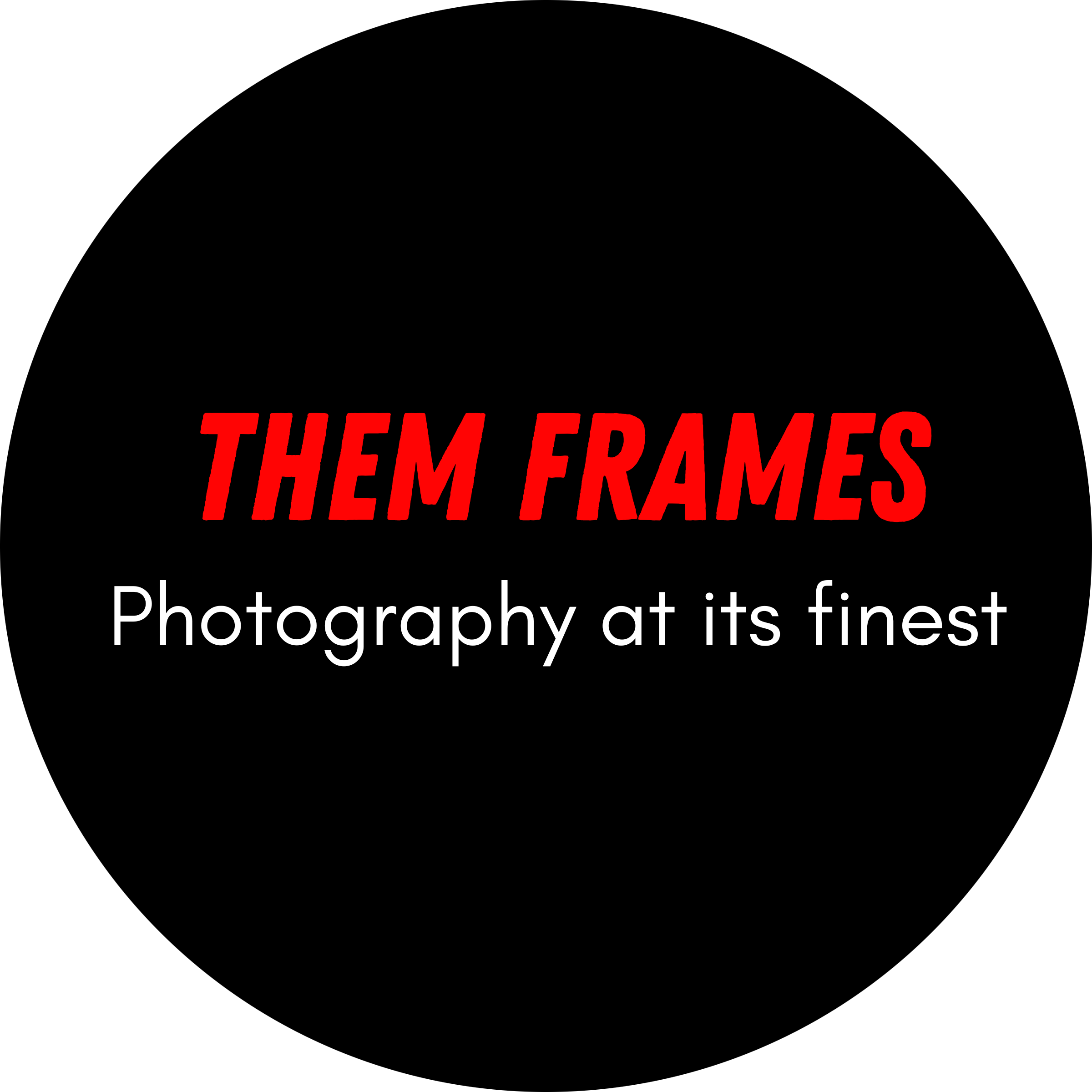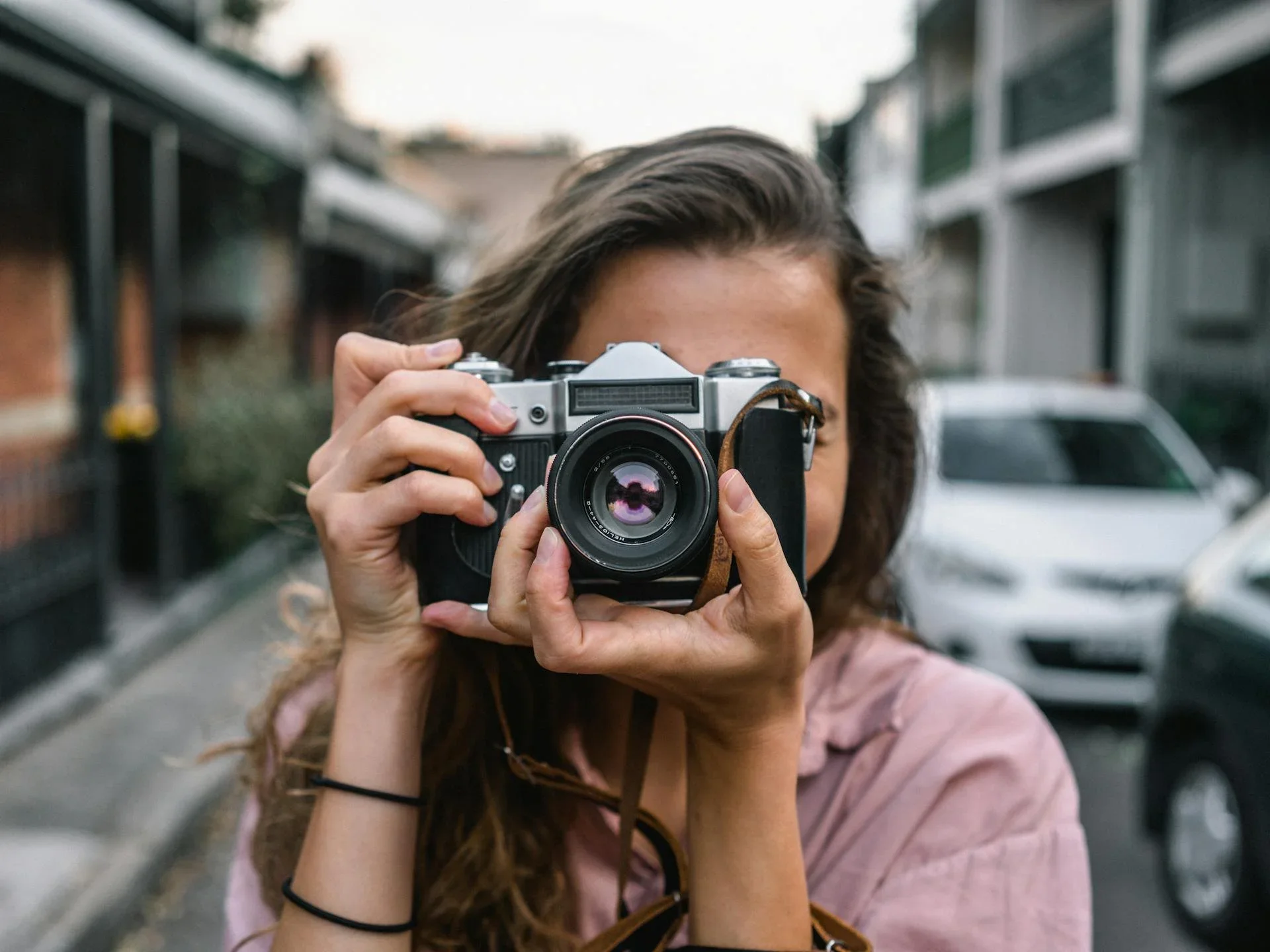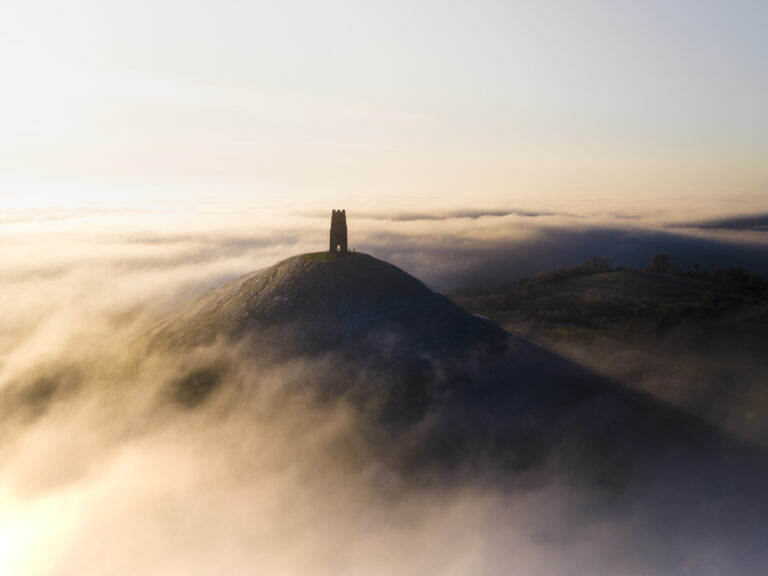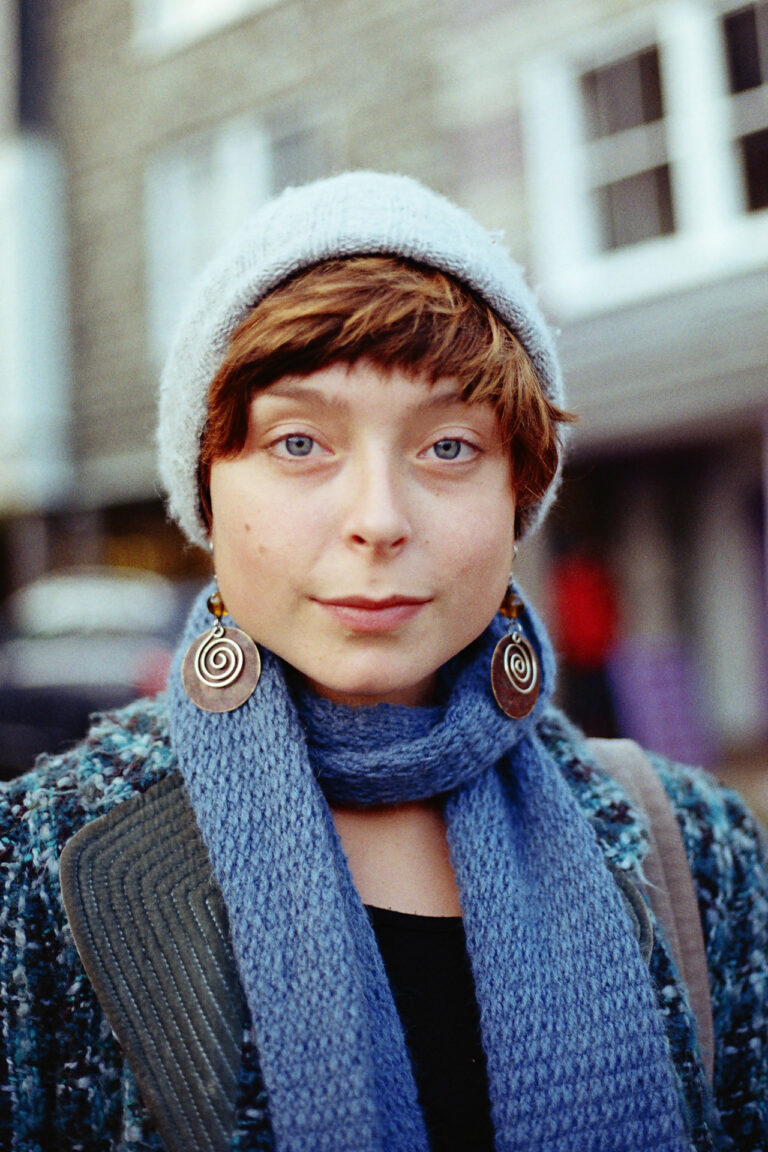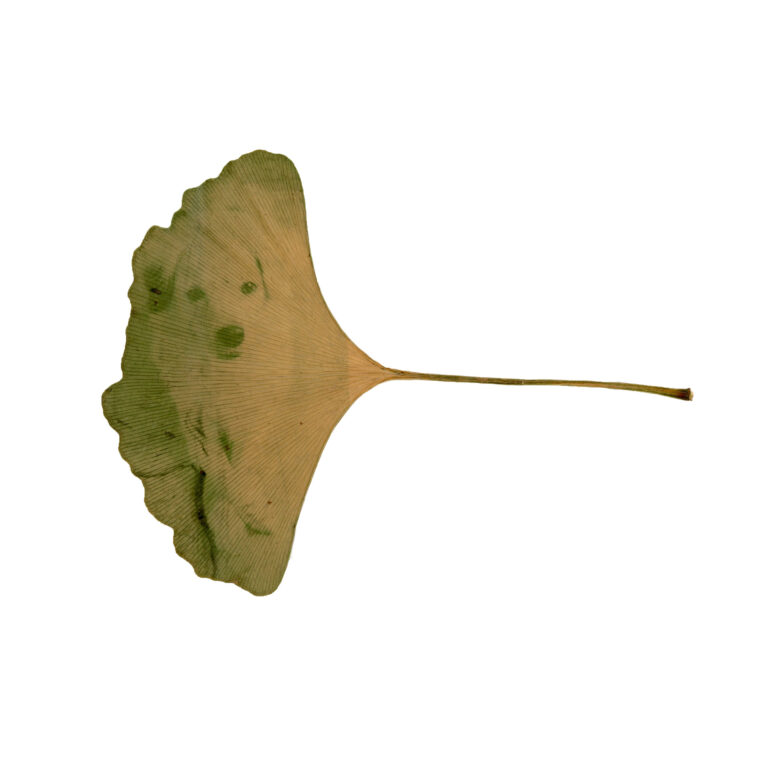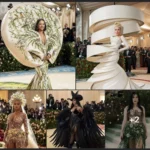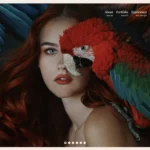
When it comes to African national parks, some take long day tours, others spend a weekend in luxury hotels. There’s one person, however, who can spend up to three months in nothing but a tent. They’re connecting to nature, studying it deeply, and documenting it with their camera. Allow me to introduce you to Anup Shah.
I’m fascinated by people who live extraordinary lives. I don’t mean a life of lavishness, but rather a life that is the polar opposite of what’s expected. Relatively few people say their home is a tent in the Serengeti or Maasai Mara.
But, for Shah, what’s strange to some is completely normal to him. Connecting to nature, to wildlife, to earth, it’s all part of his existence. He captures his time in the wild in such an elegant and masterful manner.

His black and white photography emphasizes how incredible our natural world is, even with all of its vibrancy removed. More than that, his works shine light on the gentle bond and unity of earth’s other animals.
If you’re an animal lover you’ll be glued to Shah’s work. The same is true if you’re curious about rural areas and if you’re a travel photographer eager to go on a new adventure.
His view of life is fascinating and his photographs will hold you. Let’s hear more from the Kenyan-born photographer and get lost in the stories he has to share.
Them Frames: Talk to us about the animals. What do they mean to you and how does it feel to get so close to them?
Anup Shah: There are other non-human sentient minds out there and they are fascinating. Their otherworldliness poses an opportunity and a challenge when it comes to photographing their characters, personalities and states of mind. How wonderful to try to enter a world that is strange, otherworldly, but inviting! To reveal that which is hidden – isn’t that what photography was all about?
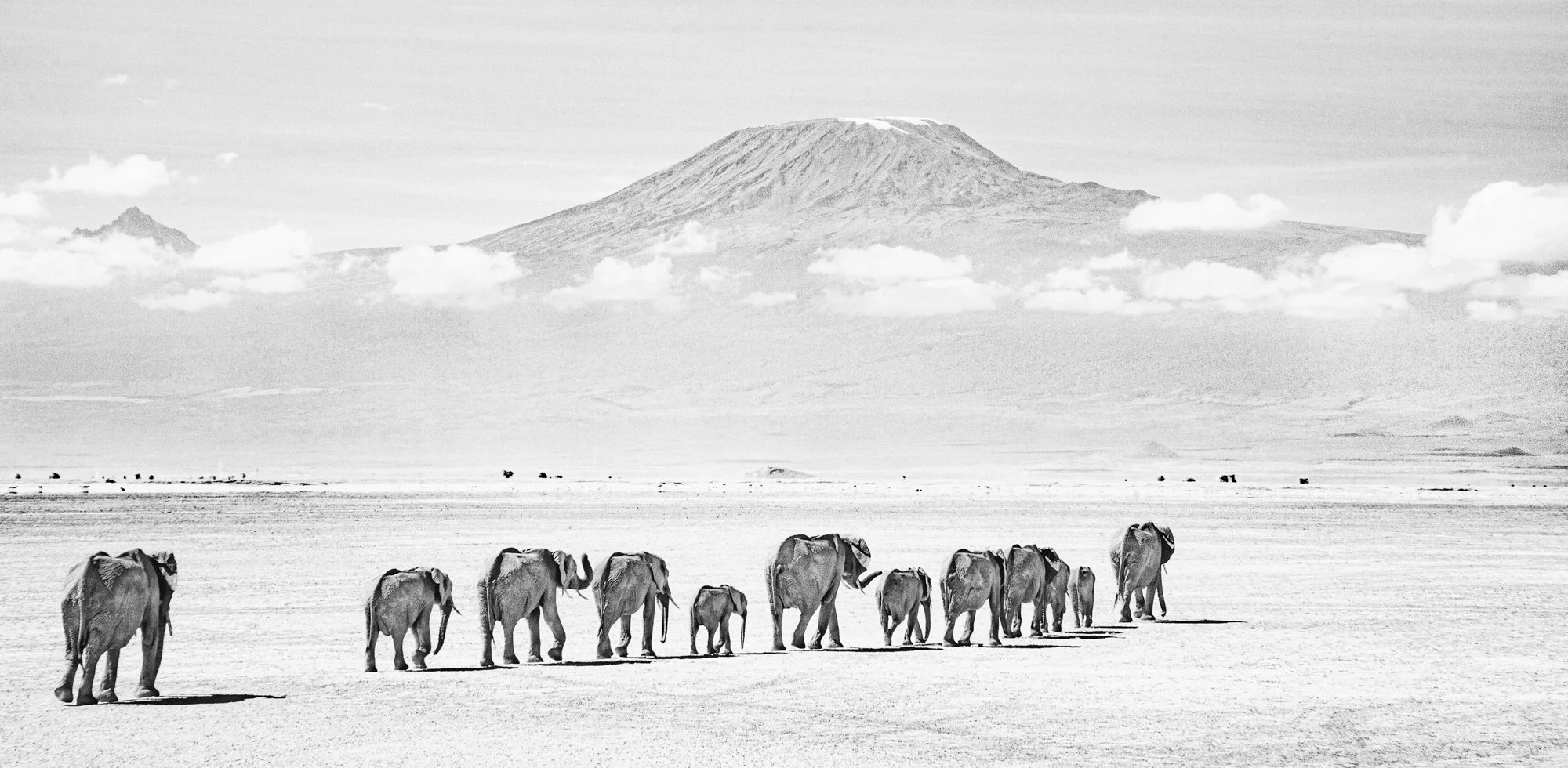
Them Frames: Your Mission Statement reads: “Live a lot in the wild”. How often are you in the wild and what is the experience like?
Anup Shah: I spend about six months per year living in the wild. While a photographer called Murray Fredericks spent six months living in a tent in Greenland to create some astonishing photographs, I spent no more than three months at a time at a location.
There is nothing like sleeping in your own tiny little tent in the Serengeti or Mara and waking up to the dawn on earth, feeling you have been accepted as a tiny part, but a part nevertheless, of the much bigger world.
I could photograph better by living in a safari lodge but the point is to live fully, to adventure, and you can’t do that if all the currents of life are taken care of for you. For me, living in the wild comes first, goals and achievements second.

Them Frames: What has photographing wildlife taught you about how humans can strengthen our relationship with both other animals and our natural world?
Anup Shah: Not much, I am afraid. 99% of tourists I encounter are taking selfies in national parks. Most people I have come across put nature in a separate box , treating it as a place to go on a hike or on a safari in luxury rather than seeing themselves as an inseparable part of a unified whole.
I am sorry if you expected me to be very positive, optimistic and give a fashionable spin but the limited evidence I have is that we live in a separated world * from nature and that separation is irreversible.
*(ever since we started living in cities 10,000 years ago, have built more and more mega cities, and the continual trend of rural to urban migration in the developing world),
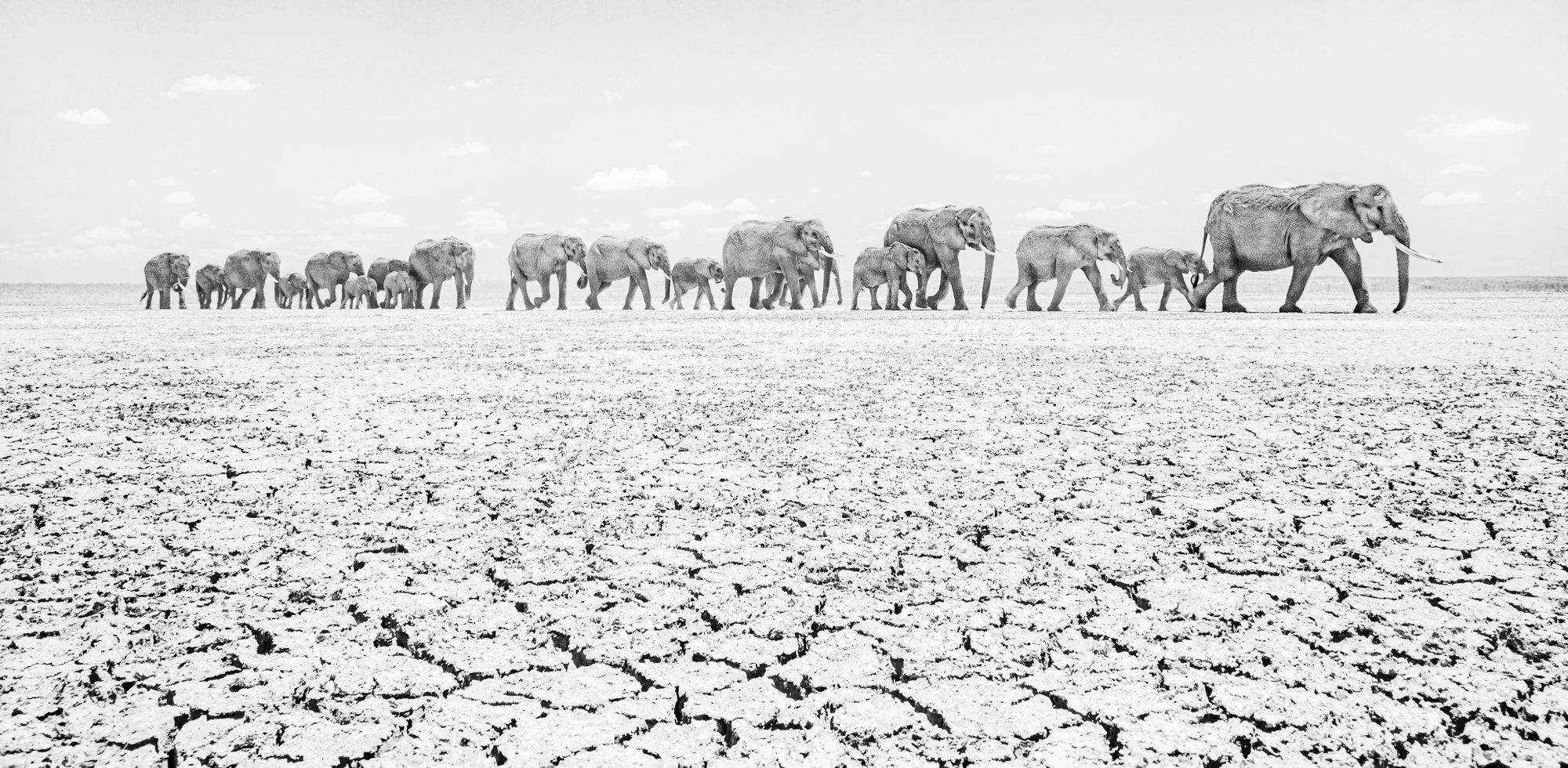
Them Frames: Having photographed so many animals, is there a specific species that is closest to your heart? If yes, why so?
Anup Shah: A few actually. The Great Apes simply fascinate me. I co-authored a book with Fiona Rogers called Face to Face with the Great Apes. I especially love chimpanzees – you can watch them for hours. You can check out my book Tales from Gombe which focuses on the species.
Lately, I am captivated by Elephants. Their charisma is well put by this quote from Peter Matthiessen…
“There is a mystery behind that gray masked visage, an ancient life-force delicate and mighty, awesome and enchanted, commanding the silence ordinarily reserved for mountain peaks, great fires and the sea”
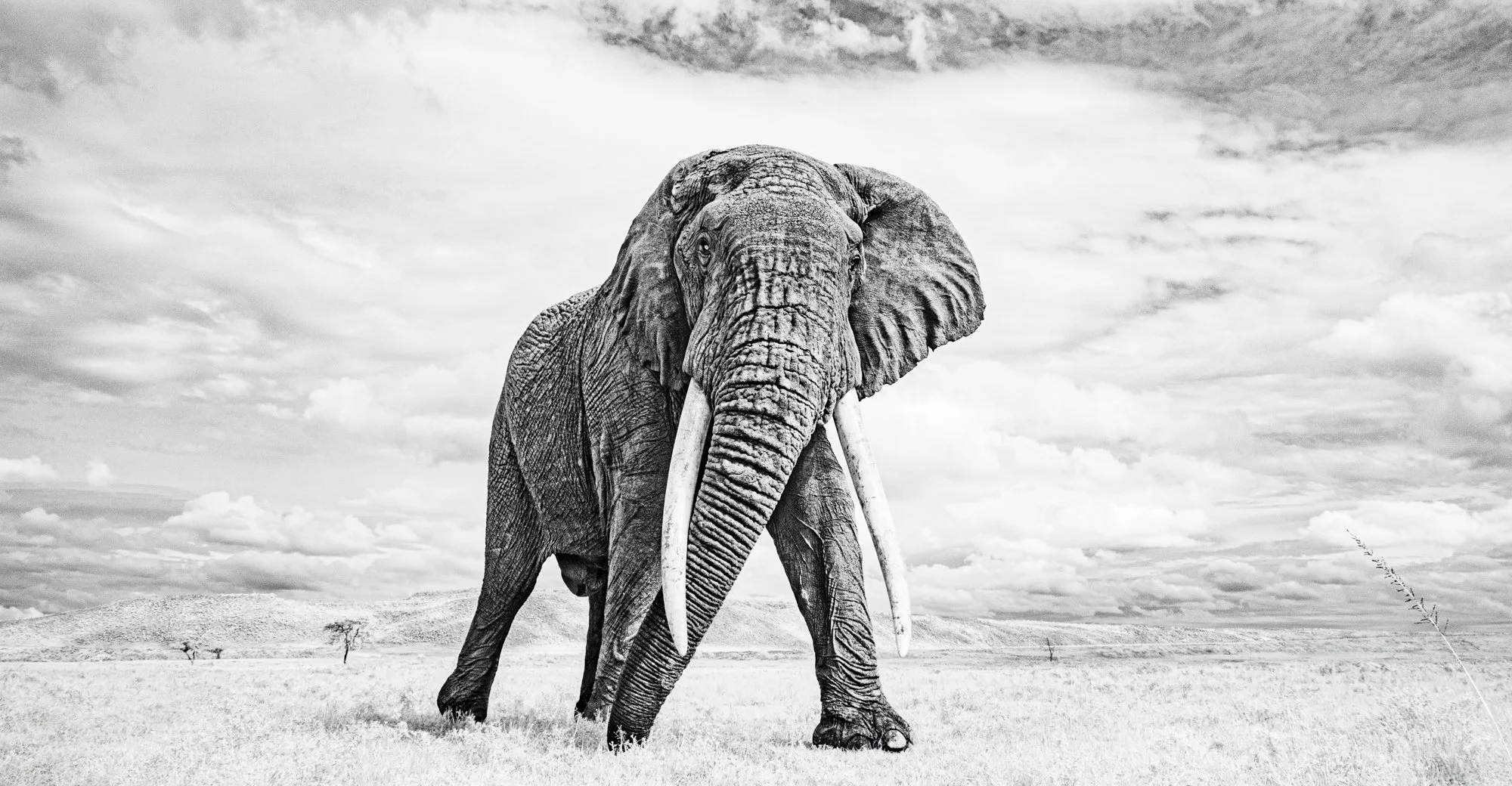
Them Frames in an independent photography publication, aiming to offer an ad-free experience to our readers. We greatly apprecaite your support in helping us achieve this.
Them Frames: Have you had any encounters with the animals, where perhaps they got too close for comfort?
Anup Shah: The animals have got too close to remote cameras and have taken over a few actually: lions running away with cameras, wildebeest herds trampling them , and twice flooding in rivers have rendered cameras useless. You can see some of those highlights in The Mara.
Since I work from a car, there have been occasions where elephants have come to sniff (they have an acute sense of smell), lions have sought the shade of the car on a hot day, and cheetahs in the past have used the height of the car as a vantage point.
But, apart from that, nothing more dramatic. However, there is an odd satisfaction when wild animals come into your vicinity on their own free will.

Them Frames: I’m curious, why Black & White and not color?
Anup Shah: I know for some it’s easier to digest as list. So, I will list the answer here but spot the connection that runs all the way through.
-
Color is distracting if you want to get to the soul of your subject straightaway
-
Monochrome is more minimalistic so that it is clearer.
-
Monochrome is quieter than color
-
Monochrome is more mysterious than color
-
Monochrome is like a language on its own with arresting qualities that sear directly into your consciousness
-
Monochrome emphasizes light, form, shape, texture and lines. I think your interview with Jacques Garnier is a great example of this.
-
The world is often made up of light and shadow and you can work on such tonal values better in monochrome
-
Monochrome is more an interpretation, less a duplication and therefore more subjective.
-
Monochrome offers more control than color so that I can express myself better. Opens up a world of expressive possibilities if you know how.
-
I can express timelessness better.
Remember Pierre Auguste Renoir’s words…
“I have been 40 years discovering that the queen of all color was black”.
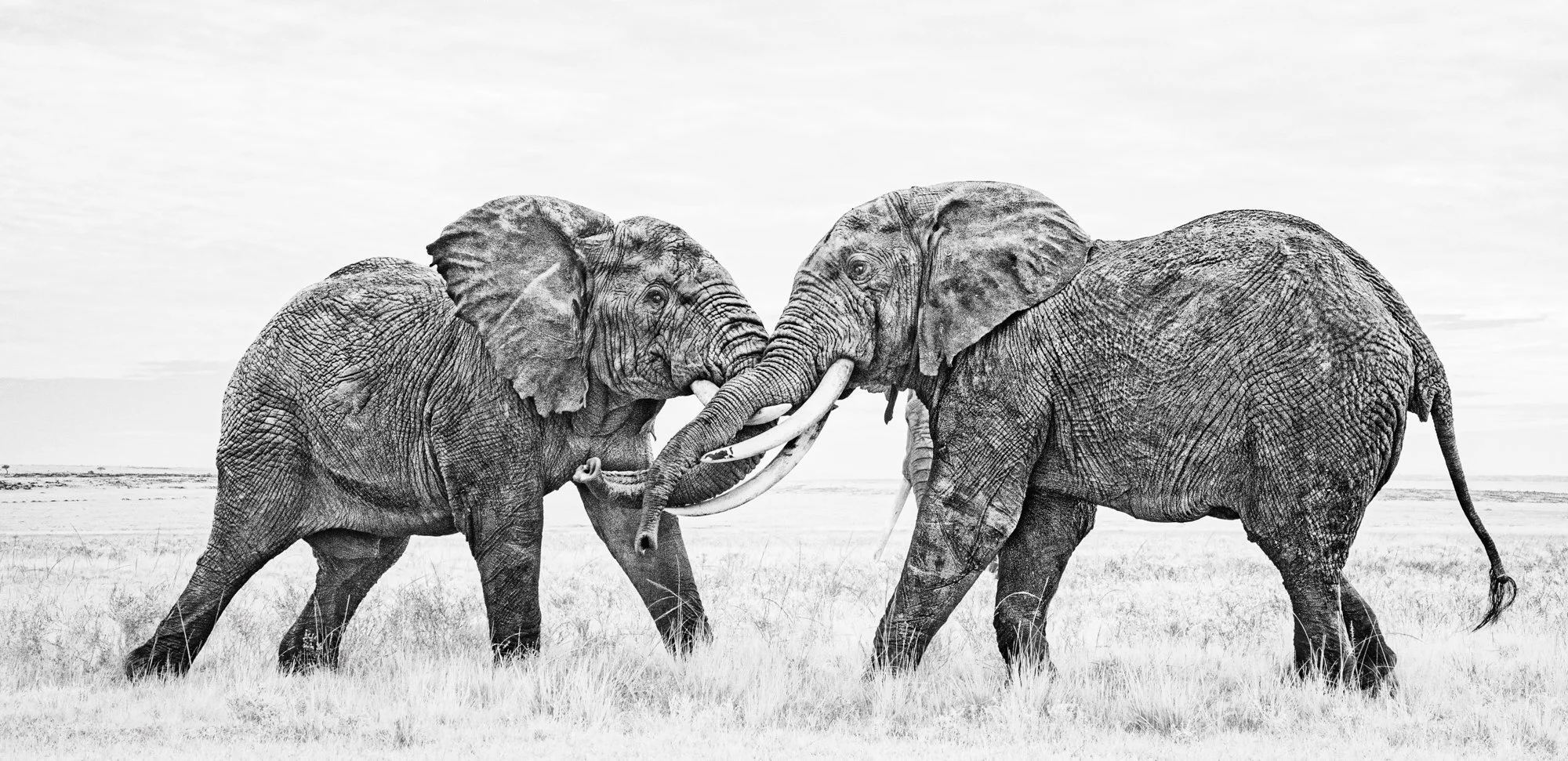
Them Frames: If there could be a song or musical artist/band that would be the soundtrack to your works, which would it be and why?
Anup Shah: Beethoven definitely. His music is sublime (piano pieces), transcendental (The Missa Solemnis), full of life (symphony numbers 7, and 9) and extremes of life (symphony number 5). In other words, Beethoven is comprehensive just like life in the wild without a safety net and many people say he is good too!
Them Frames: Finally, please finish this sentence: I need photography in my life because…
Anup Shah: The kind of photography I do means that I also get to live life fully connected to the landscapes, the animals and the skies. I’m constantly being reminded of my total insignificance. Some may also call this spiritual elation.
You can enjoy more work by Anup Shah by visiting his website.
Want your work featured on Them Frames? Pitch us.
Follow Them Frames
